Rising Air Travel Demand
The Aircraft Lighting System Market is poised for growth due to the rising demand for air travel. As more individuals opt for air transportation, airlines are compelled to expand their fleets and enhance existing aircraft. This expansion often includes upgrading lighting systems to meet modern standards and improve passenger experience. According to industry forecasts, air travel demand is expected to grow at a compound annual growth rate (CAGR) of approximately 4% over the next decade. This increase in passenger numbers necessitates the implementation of advanced lighting solutions, thereby propelling the Aircraft Lighting System Market forward.
Increased Focus on Sustainability
Sustainability has become a pivotal concern within the Aircraft Lighting System Market. Airlines are increasingly adopting eco-friendly practices, which include the implementation of energy-efficient lighting systems. The transition to LED lighting not only aligns with sustainability goals but also contributes to significant reductions in carbon emissions. Reports indicate that the aviation sector is aiming for a 50% reduction in net emissions by 2050, and energy-efficient lighting plays a crucial role in achieving this target. As regulatory bodies and consumers alike demand greener solutions, the Aircraft Lighting System Market is likely to see a robust increase in the adoption of sustainable lighting technologies.
Emerging Markets and Regional Expansion
Emerging markets are playing a crucial role in the growth of the Aircraft Lighting System Market. Countries in Asia-Pacific, Latin America, and the Middle East are witnessing rapid growth in their aviation sectors, driven by increasing disposable incomes and a burgeoning middle class. This expansion is leading to a rise in new aircraft orders, which in turn fuels the demand for advanced lighting systems. As airlines in these regions seek to modernize their fleets, the Aircraft Lighting System Market is likely to benefit from this trend. The potential for growth in these emerging markets presents a significant opportunity for manufacturers and suppliers within the industry.
Regulatory Compliance and Safety Standards
The Aircraft Lighting System Market is heavily influenced by stringent regulatory compliance and safety standards. Authorities such as the Federal Aviation Administration (FAA) and the European Union Aviation Safety Agency (EASA) impose rigorous requirements for aircraft lighting systems to ensure passenger safety and operational efficiency. Compliance with these regulations often necessitates the upgrade of existing lighting systems, thereby driving demand within the market. The need for enhanced visibility during takeoff, landing, and in-flight operations underscores the importance of adhering to safety standards. As airlines strive to meet these regulations, the Aircraft Lighting System Market is expected to witness sustained growth.
Technological Advancements in Lighting Systems
The Aircraft Lighting System Market is experiencing a surge in technological advancements, particularly with the integration of LED technology. These innovations not only enhance energy efficiency but also improve the overall performance of lighting systems in aircraft. The shift towards LED lighting is projected to reduce energy consumption by up to 50%, which is a compelling factor for airlines aiming to lower operational costs. Furthermore, advancements in smart lighting systems, which can adjust brightness and color based on flight conditions, are likely to enhance passenger comfort and safety. As airlines increasingly prioritize modernizing their fleets, the demand for advanced lighting solutions is expected to rise, driving growth in the Aircraft Lighting System Market.


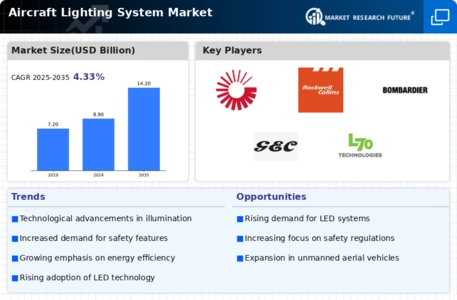
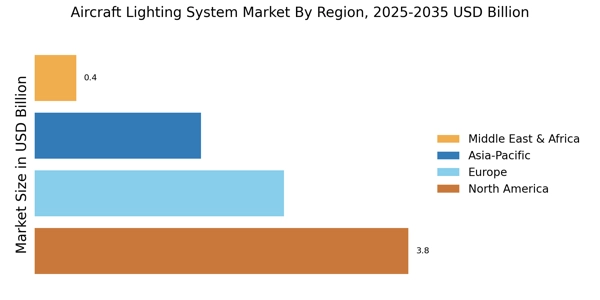
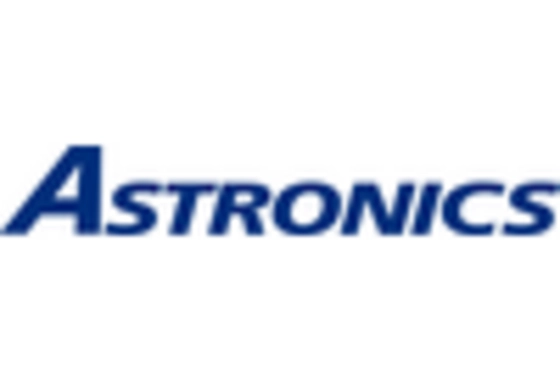
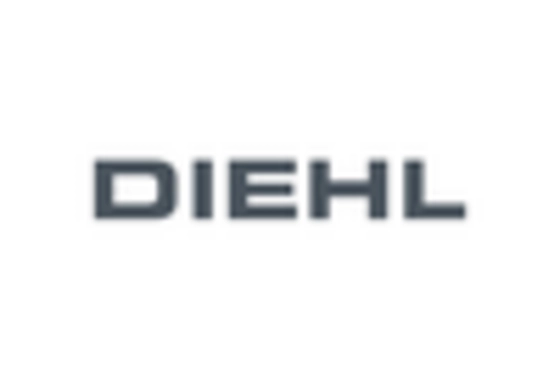

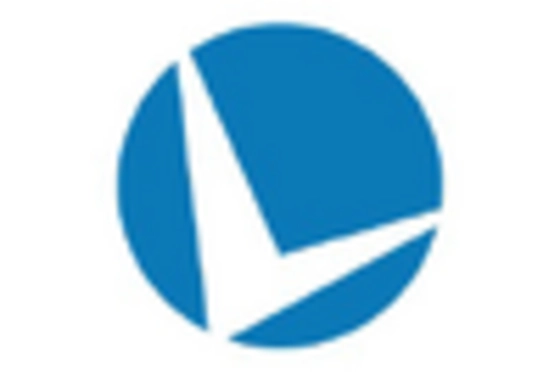
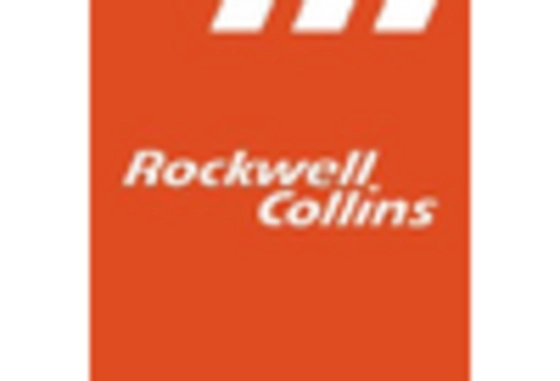
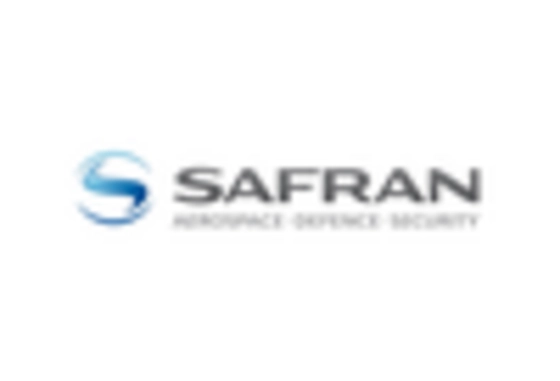








Leave a Comment